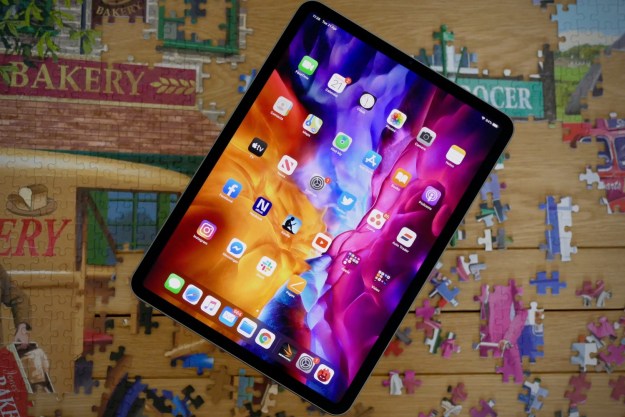Apple has been trying to position the iPad as a productivity machine for years now, and it’s working. With iPadOS, accessories like the Magic Keyboard, and support for desktop browsing, the iPad has become a viable replacement for a laptop — and I actually use an iPad Pro instead of a laptop now. But there’s one major piece missing from this puzzle: Multi-user support.
I get it. Apple wants everyone who wants to use an iPad to buy their own. But the fact is that not everyone wants to, or can afford to, have multiple iPads in their home. But these people should still be able to get the great tablet experience the iPad offers.
What’s a computer?
If Apple really wants users to adopt the iPad as a computer, then adding multi-user support to the iPad isn’t just helpful, it’s necessary. That’s true now more than ever. 2020 was the year of remote learning and remote working, and that means that we’re all reliant on our mobile devices. Desktops, laptops, and tablets are pulling double (or triple) duty for multiple tasks and multiple people. That’s likely to continue regardless of the pandemic’s length, and many expect that remote working will continue to grow in popularity.
It’s not like the concept of multi-user support is new to Apple. The company offers multi-user support on the Apple TV (an equally locked-down platform) and of course the Mac. It even offers multi-user support on the iPad for managed education users and enterprise users, syncing information through iCloud in a way that allows users to simply pick up any iPad off a pile of devices and get to work. There are no technical limitations to Apple implementing multi-user support — the company is making the decision not to.

You could make the case that in the end, enabling multiple users on the iPad could actually make more money for Apple, considering how long people keep their iPads. It can be easier to justify a new iPad purchase if multiple people can theoretically use it. And if different users were able to access their accounts on a single iPad, they might be more likely to subscribe to services like Apple TV+, Apple Fitness+, and iCloud, which all work great on the iPad.
People are already sharing iPads, whether Apple wants them to or not.
Multi-user is better for privacy
Apple has long touted itself as the champion of user privacy, but the fact is that forcing users to share iPads without multi-user support works counter to that claim. People are already sharing iPads, whether Apple wants them to or not, and that requires trying to tiptoe around and not snoop into the main user’s personal data.
Sure, prioritizing privacy probably applies more to the outside world than those in your family, but that’s not really relevant here — if Apple wants to empower users to take control of their own privacy, that includes from anyone else. Someone in your house is actually far more likely to stumble across your unlocked iPad than a stranger in a coffee shop or airport.
The iPad is not a personal device
Apple may actually be working on bringing multi-user support to the iPad as we speak. The company has filed for a patent that would use the Secure Enclave on the iPad’s chip to securely separate data for different users.
It’s a mess — and it’s a mess that Apple could, and should, fix.
The iPad simply makes sense as a device to share. Parents share their iPads with kids, and Apple has implemented pretty good controls for that use-case. But others share iPads too. I share my iPad with my girlfriend, and vice-versa. People often lend their iPad to an elderly parent or grandparent. And young siblings should be able to share iPads all the same.
Currently, sharing an iPad means sharing data. Recommendations get all muddled up in Apple TV. Unwanted apps get downloaded. It’s a mess — and it’s a mess that Apple could, and should, fix.
Editors' Recommendations
- Apple is about to do the unthinkable to its iPads
- Apple accidentally revealed a big iPad Pro display upgrade
- You may have to wait a while longer for new iPads
- This is when Apple will finally release its new 2024 iPads
- I’m worried about Apple’s new iPads


